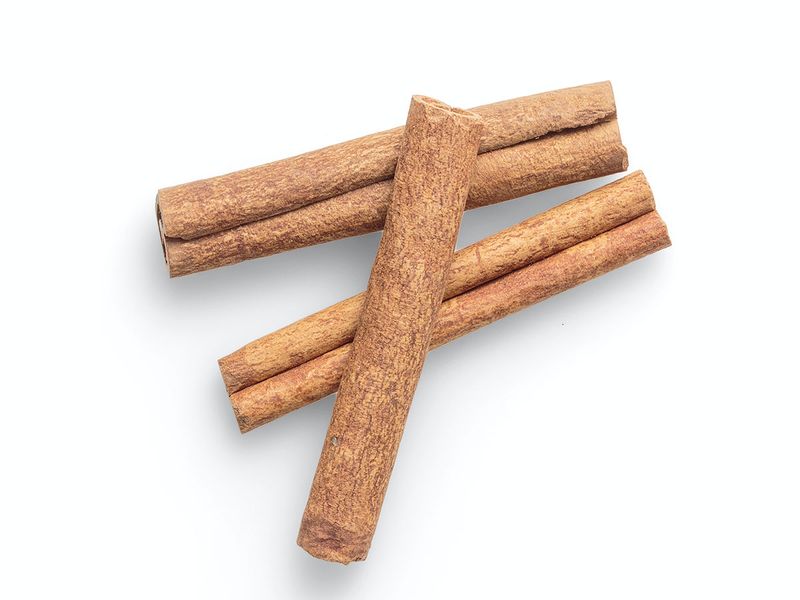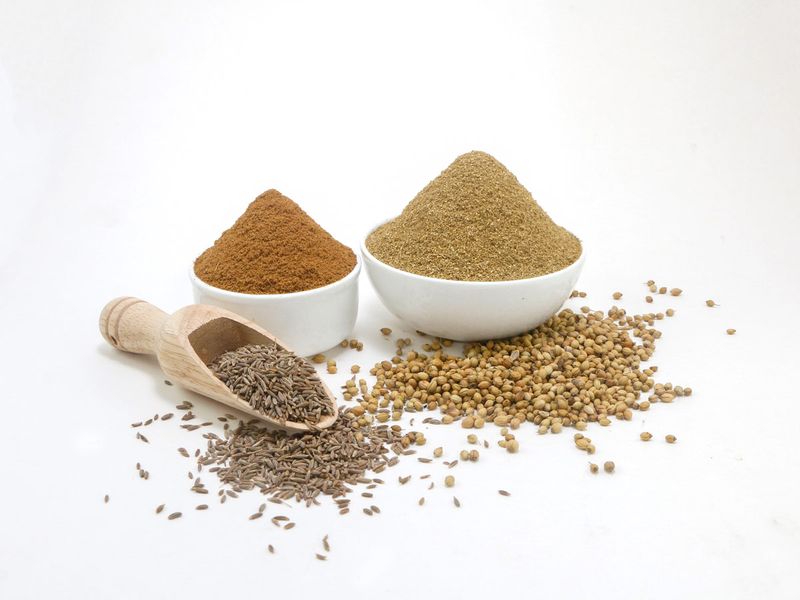
The next time you’re adding a pinch of turmeric to your stove pot, or a sprinkle of cinnamon on your waffles, consider this – the spices in our pantries once redrew the world map and were responsible for defining our global economy.
Click start to play today’s Word Search, where you’ll find a whole spice and herb rack, from ‘thyme’ to ‘pepper’.
Here are some fascinating stories behind common spices you use today:
1. Cinnamon

Cinnamon was native to Sri Lanka (then Ceylon), the Malabar Coast of India and Myanmar (Burma). Over 2,500 years ago, Arab traders protected the source of this precious spice by telling stories of the ferocious cinnamon bird – the cinnamalogus. According to the traders, the giant bird made its nest from delicate cinnamon sticks. One way to get to the nest was by baiting the bird with large chunks of meat – it would fly down to snatch up the meat and then fly back to its nest. But since its weight, with the meat, was too much for the delicate cinnamon, the nest would collapse, leaving quick-witter traders rushing to gather up the fallen cinnamon. The tale was enticing, and fooled many for a while, but the source of cinnamon couldn’t be kept secret for long. Portuguese explorer Vasco de Gama voyaged from Europe to India in 1498, passing via the southern tip of Africa. When he reached India’s Malabar Coast, the centre of spice trade, it marked the launch of direct trade between Europe and the Subcontinent.
2. Cloves
The first reference to another costly spice, cloves, can be found in Asian literature – in the Chinese Han period, it was called by the name ‘chicken-tongue spice’. From the eighth century onwards, it became a major spice in European trade. In Indonesia’s Moluccas Islands, where cloves were first found, parent would plant a clove tree when a child was born. The trees were planted in such a way that they always faced the sea. Over the years, clove forests became so fragrant and beautiful, they drew hundreds of visitors from far and wide. Wars were fought to gain exclusive rights to this profitable business. When the Dutch East Indies colonised the Moluccas Islands, they tried to control their monopoly by destroying every clove tree that grew anywhere else. However, by the 1800s, the French managed to establish a smuggling operation, transporting clove tree seedlings to Zanzibar and Pemba, virtually breaking the Dutch monopoly.
3. Cumin

Originally cultivated in the Mediterranean region and Iran, the oldest references to cumin date back 5,000 years – it was used as a mummification agent for Egyptian pharaohs. The ancient Greeks kept cumin in its own container at the dining table, in an effort to heighten their status in the eyes of guests. In the Middle Ages, cumin was thought to be lucky – people held superstitions that cumin kept chickens and their mates from wandering. People superstitiously also believed that any bride and groom who carried cumin seeds throughout their wedding ceremony would enjoy a happy married life.
What is your favourite spice? Play today’s Word Search and tell us at games@gulfnews.com.






